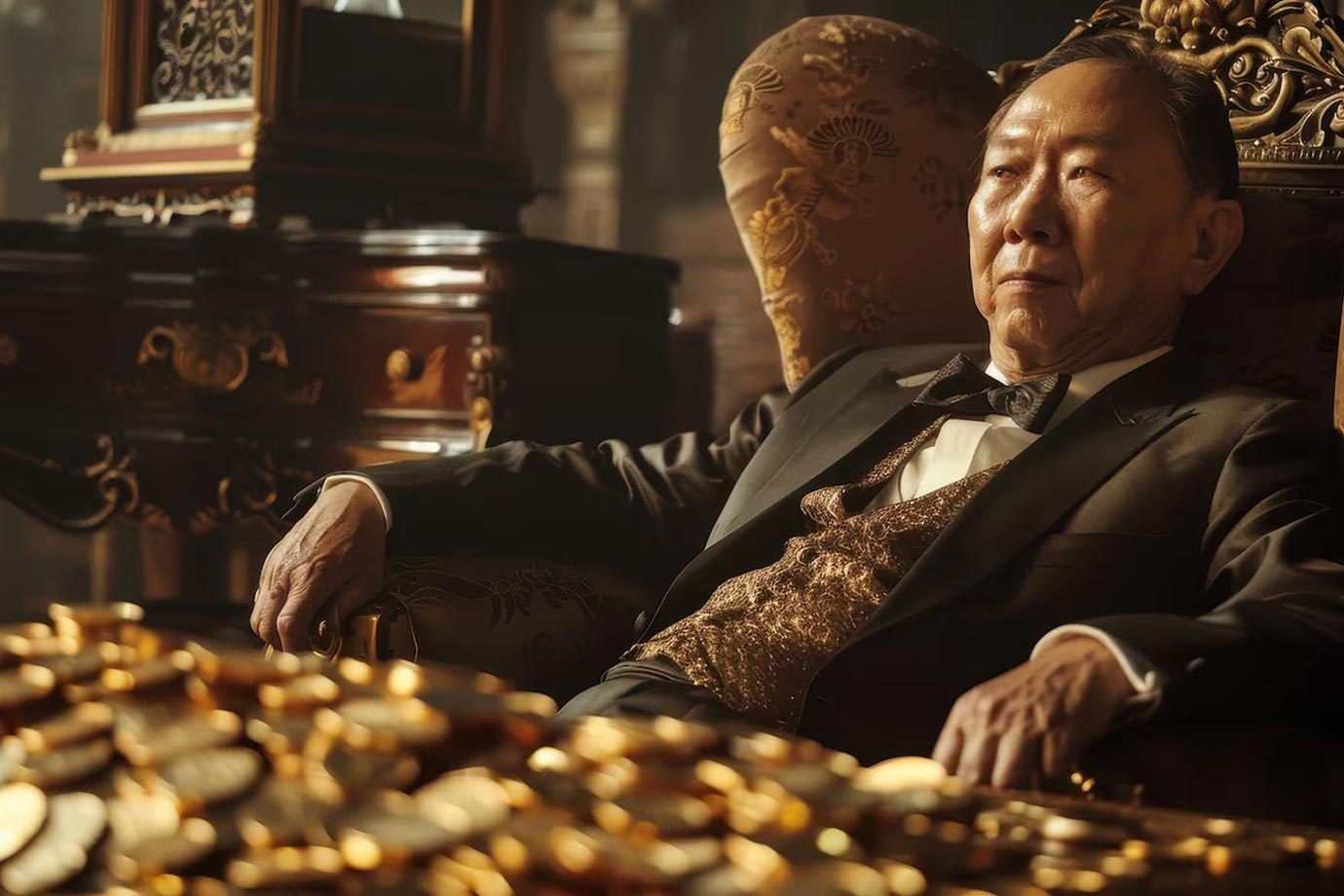The History of Buffalo Nickels
The Buffalo nickel, also known as the Indian Head nickel, was minted from 1913 to 1938. This coin is a key part of American numismatic history. Designed by sculptor James Earle Fraser, it celebrated iconic American themes. The obverse side features a Native American chief’s profile. The reverse shows an American bison, often referred to as a buffalo.
Fraser’s design was inspired by real people and places. The Native American profile was a composite of three chiefs from different tribes. The bison on the reverse was modeled after Black Diamond, a bison at the Central Park Zoo. The design was intended to capture the essence of the American West. Buffalo nickels were part of a series of newly designed coins, which began with the Lincoln cent in 1909.
Special Minting Details
Buffalo nickels were produced at three mints: Philadelphia, Denver, and San Francisco. The majority of these coins lack a mintmark. Coins with a D or S mintmark are more desirable, especially those from the San Francisco mint, which produced fewer coins. The nickels were struck in a 75% copper and 25% nickel alloy. This composition was common for American five-cent coins.
The coins have a diameter of 21.2 mm and weigh 5 grams. The design had some production challenges. Raised features wore down quickly, leading to less legible coins over time. Complaints from the public and cashier difficulties prompted several design modifications. Yet, the coin remains one of the most recognizable in U.S. history.
Key Dates and Varieties
Some buffalo nickels are particularly desirable. The 1913-S Type 2 is one such coin. It was minted in lower quantities and presents challenges in finding in good condition. Another key date is the 1916/16 variety. A rare error coin, it shows a faint overdate, with the numeral 6 punched in over another 6. Such errors arose from the manual engraving process.
The famous 1937-D 3 Legged buffalo nickel was a result of excessive die polishing. This removed part of the buffalo’s right foreleg. Only a few were released before the error was discovered. Collectors often pursue these errors and varieties due to their rarity and historical interest.
Factors Affecting Value
- Condition: Coins in higher grades are worth more. Mint State (MS) nickels command high premiums.
- Rarity: Key dates and errors are more valuable. Scarcity increases desirability among collectors.
- Historical Significance: Older coins with more historical context often attract collector interest.
Appearance is crucial in determining the value of a buffalo nickel. Coins with clear details, such as the date, mintmark, and features, typically sell for more. Coins that show signs of heavy wear or damage often sell for less. Understanding the grading scale is key to identifying valuable buffalo nickels.
Grading Buffalo Nickels
Grading describes a coin’s condition. It ranges from Poor (P-1) to Mint State (MS-70). Professional numismatists examine several factors when grading. Wear, luster, strike, and eye appeal all contribute to a coin’s final grade. For buffalo nickels, wear most affects the hairlines of the chief and the bison’s shoulder.
- Good (G-4): Many features are worn down. Only basic outlines are visible.
- Very Fine (VF-20): Major details are clear. Some minor features have begun to fade.
- Extra Fine (EF-40): Considerable details remain. Most features are distinguishable.
- About Uncirculated (AU-50): Slight traces of wear are visible. The coin maintains much of its original luster.
Mint State grades indicate a coin has no evidence of wear. These coins, especially rare dates, are highly sought after. Collectors often use professional grading services to assess the value accurately.
Collecting Buffalo Nickels
Building a collection of buffalo nickels involves several approaches. Some collectors aim for a complete date set, acquiring one of each year the coin was struck. Others seek variety collections, focusing on key dates, mint errors, or high-grade specimens.
Finding coins in circulation today is rare. Most buffalo nickels are part of collections. Coin shows, online auctions, and numismatic dealers are primary sources for acquiring these coins. Beginners may start with more common dates before pursuing rarities.
Understanding the historical context adds depth to any collection. Learning about the period each coin was minted helps collectors appreciate their significance. Joining coin clubs and online forums provides community and insight from experienced collectors.
Market Considerations
The market for buffalo nickels fluctuates based on several factors. Demand among collectors drives value. Rare dates, high grades, and error coins all see higher demand. Economic conditions can also influence the coin market. Strong markets may push prices higher due to increased collectible investment interest.
Authenticity remains a cornerstone of market value. With counterfeit coins present, verifying a coin’s authenticity is vital. Reputable dealers, established auction houses, and third-party grading services help ensure genuine coins purchase.
- Auction Results: Reviewing past auction sales provides insights into current market trends.
- Dealer Networks: Relationships with trusted dealers can provide access to valuable coins and knowledge.
Investment in collectible coins involves risk, similar to other investment types. Proper research and knowledge aid in building a sound collection. Understanding market trends enhances collecting enjoyment and potential financial returns.
FAQ About Buffalo Nickels
Enthusiasts often have questions about buffalo nickels. One common query is about cleaning the coins. Cleaning is discouraged as it can lower the value. Natural patina contributes to a coin’s historical appearance. Also, many wonder about finding buffalo nickels in pocket change. While not impossible, it is rare.
Another frequent question concerns storing collections. Coins should be kept in a cool, dry place. Holders or albums prevent damage and help organize collections. Lastly, many ask about insuring valuable collections. Homeowner’s insurance or specialized policies can cover numismatic collections.
Buffalo nickels remain a popular collectible. Their iconic design and historical connection to American history attract numismatists and hobbyists alike. As with any collectible, understanding the details and value enhances the experience of collecting these fascinating coins.

